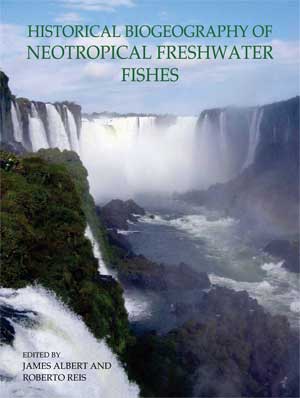|
BIOL 595: Biogeography
|
|||||||||||||||||||||
| Syllabus | |||||||||||||||||||||
|
Course Description: Organisms and biological communities vary in a highly regular fashion along geographic gradients of latitude, elevation, isolation and habitat area. Knowledge of spatial variation in the numbers and types of organisms is as vital to us today as it was to our early human ancestors, as we adapt to heterogeneous but geographically predictable environments. Modern biogeographic research integrates information and ideas from many fields, from the physiological and ecological constraints on organismal dispersal to geological and climatological phenomena operating at global spatial scales and evolutionary time frames. Objectives: This course will explore such questions as: Why is a species confined to its present range? Why are animals and plants of large isolated regions -- such as Australia or Madagascar -- so distinctive? Why are there so may more species in the tropics than at temperate or arctic latitudes? In this course we will explore the complex interrelations of biogeography and biodiversity, and how these are likely to effected by global climate. |
 |
||||||||||||||||||||